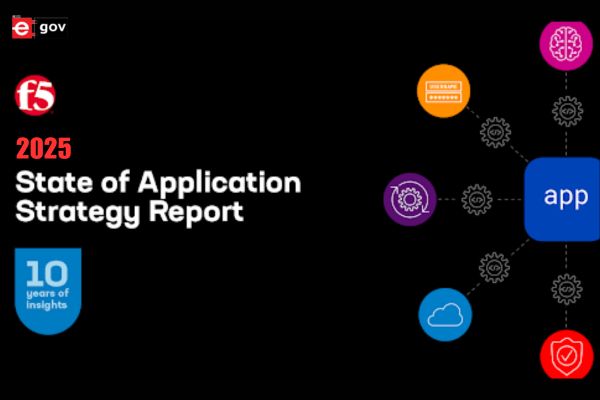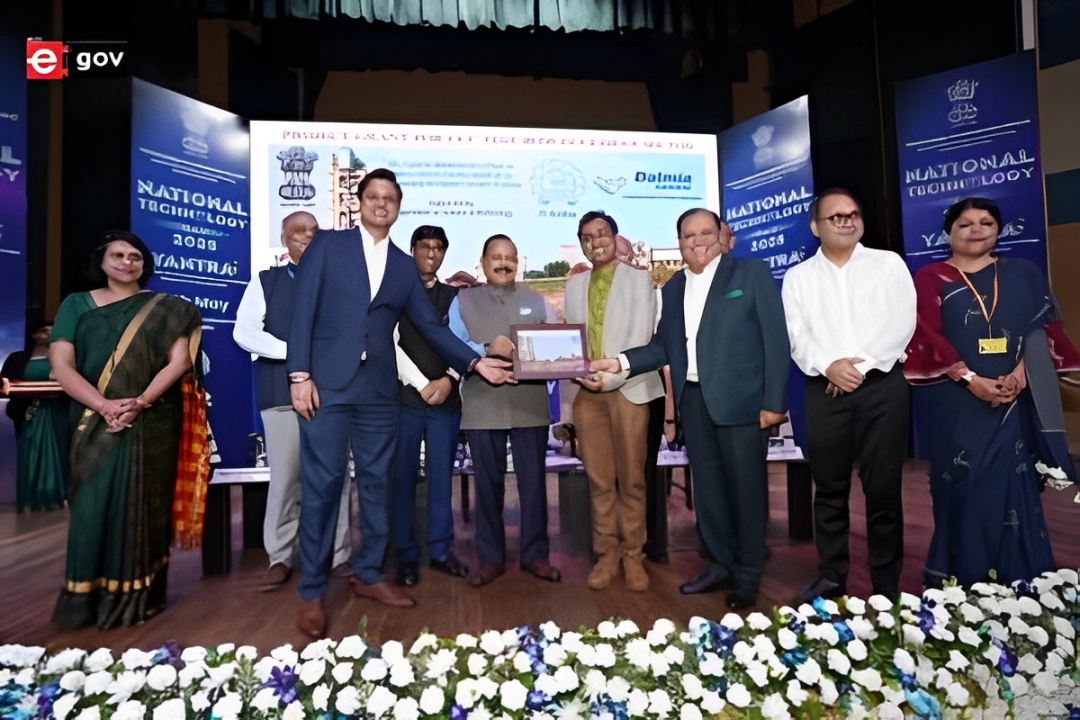Various models on climate and climate change tend to identify a linear relationship between climate change events and the hazards created because of the same.
Understanding climate change

Considerable progress has been made in the understanding and simulation of various forms of extreme climate events, in particular heat and cold spells, wind storms and heavy precipitation. Because such events are costly in human and economic terms, a key challenge for research is to assess whether climatic extremes are likely to increase in frequency and/or in intensity in a changing global climate. This is by no means a trivial exercise, as was shown by Frei and Schaer (2001), because it is difficult to relate in a statistically-meaningful manner rare and short-lived weather episodes to long-term warming trends in a system that is characterised by significant non-linearities and thresholds (e.g., Rial et al., 2004). Changing statistical characteristics of extremes as they respond to warmer climates also add a degree of complexity to the assessment of their future changes (Katz and Brown, 2002). Furthermore, because anthropogenic climate forcing is superimposed upon other modes of natural climate variability, it is unclear whether changes in extremes observed in various parts of the world are directly related to the enhanced greenhouse effect or whether they are influenced by specific features of phenomena such as ENSO (El Ni


Be a part of Elets Collaborative Initiatives. Join Us for Upcoming Events and explore business opportunities. Like us on Facebook , connect with us on LinkedIn and follow us on Twitter, Instagram.
"Exciting news! Elets technomedia is now on WhatsApp Channels Subscribe today by clicking the link and stay updated with the latest insights!" Click here!













